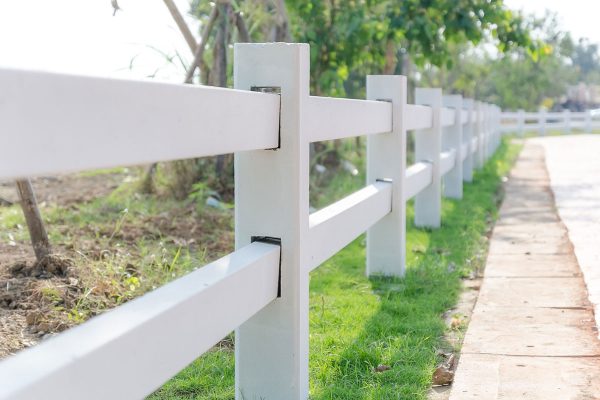One of the deciding factors in choosing what fencing material to use is its longevity. So if you are planning to use a split rail fence and wonder how long these fences last, we researched the answer for you.
A wood fence, such as a split rail fence, lasts about 15 years on average. With regular maintenance, you can increase the lifespan of your wooden fence to 20 years or more.
Keep reading to learn how to make a split rail fence last longer. We'll also cover what factors can expedite the degradation of this fence type and what the considerations of having a wooden fence are.
![A grass meadow and a small fence next to a small pond, How Long Does Split Rail Fence Last? [And How To Prolong Its Life]](https://fencefixation.com/wp-content/uploads/2022/06/How-Long-Does-Split-Rail-Fence-Last-And-How-To-Prolong-Its-Life-1200x800.png)
How To Extend The Life Of A Split Rail Fence
A well-maintained wood fence can last for many years. However, if you don't take the proper precautions, your fence could get bleached and fade, or eventually rot.
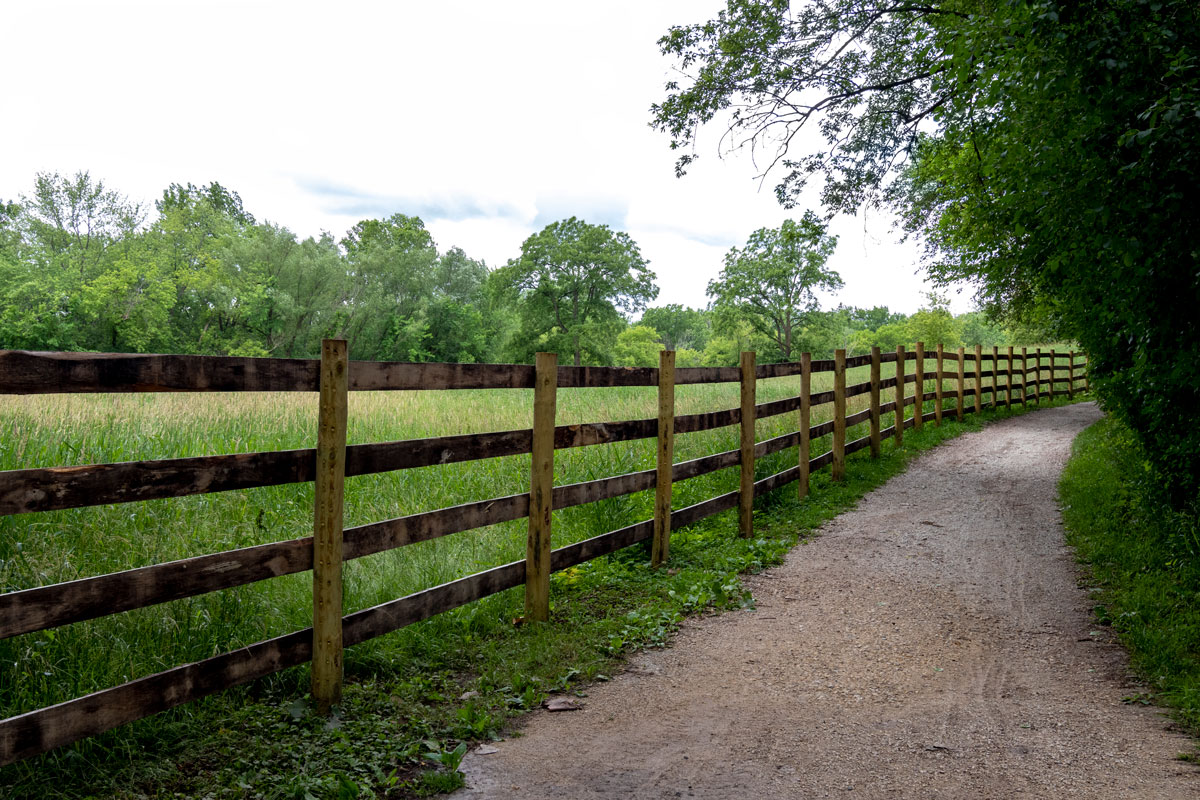
It will eventually fail. Thankfully, there are a few basic things you can do to ensure that your round wooden fence will last. We list them down below:
Purchase The Correct Fence Material
Selecting the appropriate wood is crucial to ensure your fence is long-lasting. Not only will the right variety ensure an appealing finish, but how the wood is prepared will aid in longevity.
Pressure-treated lumber is recommended. Treated wood will withstand the elements, and resist rot and insect infestation.
If you want to know if the wood you will use for your fence is pressure treated, check out this article: "How To Tell If Wood Is Pressure Treated."
Perform An Annual Inspection And Repair
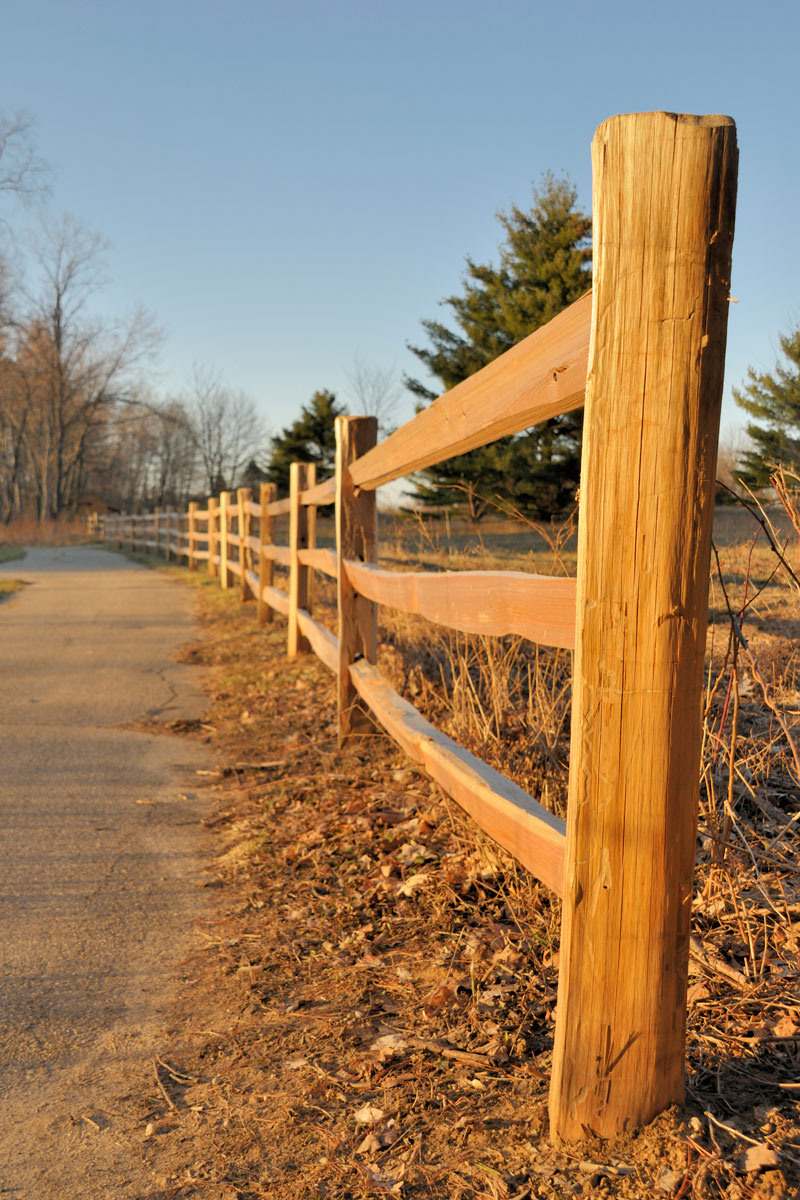
You should inspect the fencing on an annual basis. Thoroughly example the posts and rails to check for damage or deterioration. Check for warped wood, rotting areas, loose or leaning posts, cracked rails, and other signs that the fence is in need of repair.
Make the repairs to your fence while they are minor. This can help to avoid a total replacement in the future and keep the fence standing sturdily.
Use Armor For Posts
Fence post protection prevents damage from mowers or weed wackers. Additionally, it provides stability at the post base.

Click here for this product on Amazon
Fence Cleaning
Pressure washing a split rail fence can remove mold and mildew with ease. Annual cleaning can prolong the life of the fence, as it will not rot from infiltration.
A deep cleaning will also enhance the original color of the fence by removing grime. Just be careful not to use too harsh a pressure setting, which could damage fragile wood. Also, be certain that the fence is not stained or painted as pressure washing could remove the finish.
Fence Sealing
Staining your fence, or using a stain-plus-sealer is a great way to preserve the wood. It will protect the fence against moisture buildup, UV exposure, and insect infestation.
How To Waterproof A Split Rail Fence
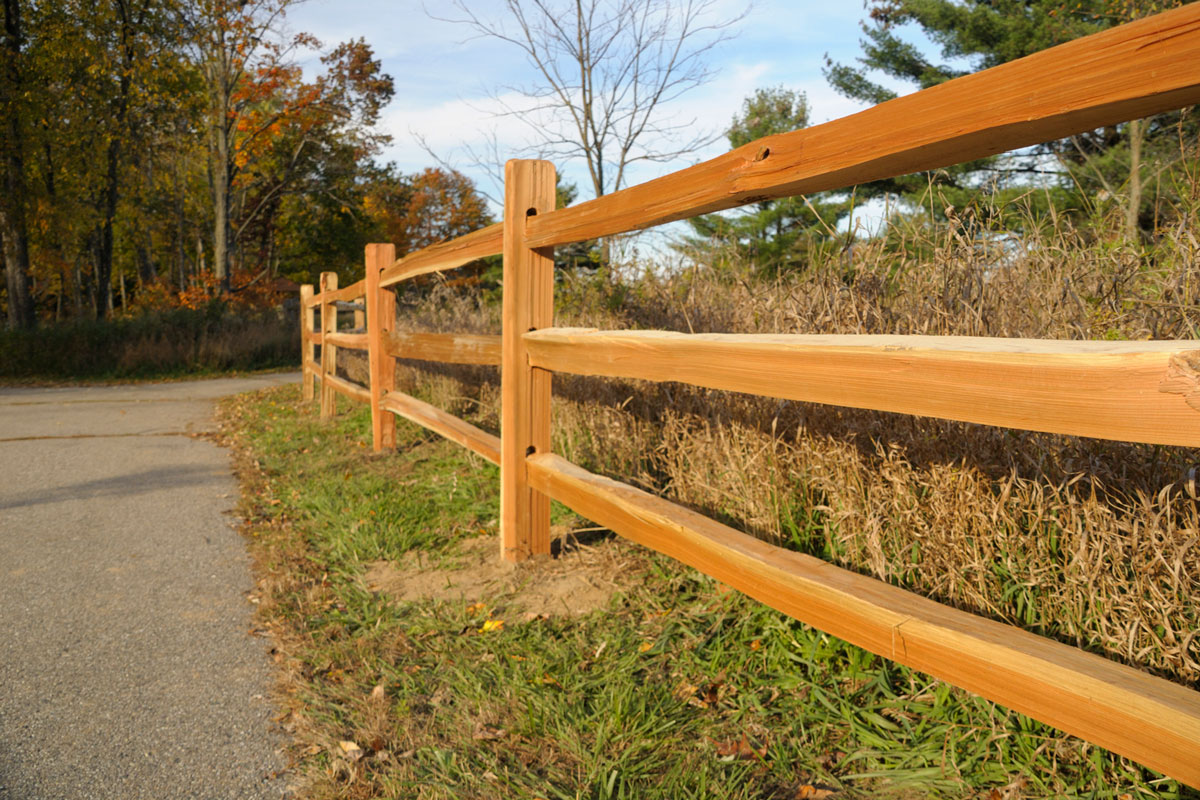
It all comes down to preparation and employing the appropriate products when it comes to waterproofing your wooden fence. To increase the longevity of your fence, you can follow these steps to seal your fence:
Step # 1: Clean The Fence
This is the most critical step before applying a fence water seal or stain. The wood must be clean and completely dry for the waterproofing to penetrate and adhere to the fence.
Step # 2: Remove The Previous Sealer/Stain
Any preexisting sealer, waterproofing agent, or stain prevents the fresh product from penetrating the wood. Make sure the fence is stripped completely.
Because the chemicals or cleaners used would have increased the pH of the wood, you must balance it. A neutral pH will facilitate the newly applied waterproofer to soak deeply into the wood. You can apply an acidic wood brightener to do the job.
Step # 3: Apply Sealant
Ensure the fence is completely dry after preparing the wood. Now, you can finally apply the waterproofing product or sealer.
It's recommended to generously apply using a roller, followed by a brush, to saturate the wood. Allow the product to soak into the wood -following the manufacturer's instructions. Typically, two coats is the standard application method.


Click here for this product on Amazon
If you want to decide whether to seal your wood fence with paint or stain, check out this article: "Sealing Wood Fencing: Paint Vs. Stain."
What Factors Speed Up The Degradation Of A Wood Fence?
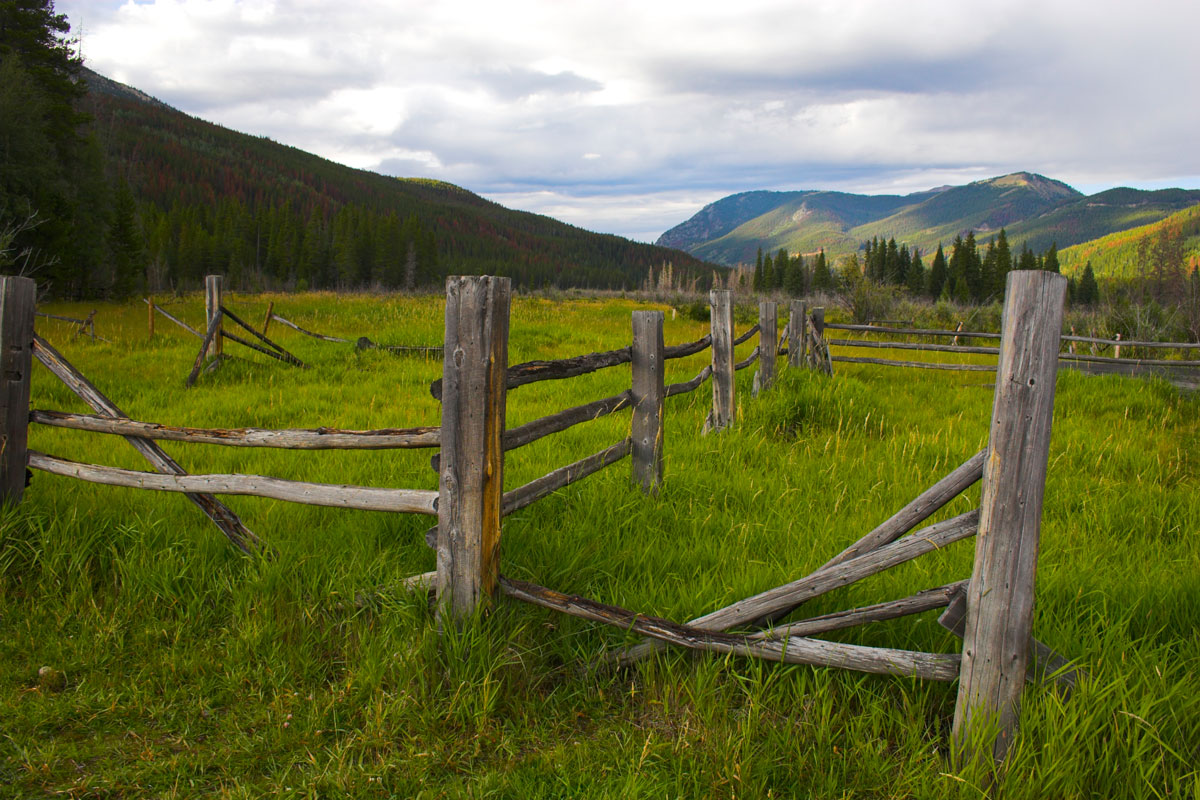
It is common knowledge that wood can deteriorate over time. And there are several factors that can induce this. The three main causes of wood degradation are:
Weathering
The elements can prove to be harsh on wood. UV exposure, temperature fluctuations, and wet and dry spells can cause wood to warp, splinter, or fade.
Insects
Insects can damage damp, rotting wood as well as very dry, brittle wood. Some of the most familiar culprits are:
- termites
- carpenter ants
- beetles
Fungi
When fungi that degrade wood metabolize it, the strength of the wood decreases. The amount of strength loss depends on the type of fungus, the wood species, and the lumber dimensions.
What Materials Should You Use For Your Split Rail Fence?
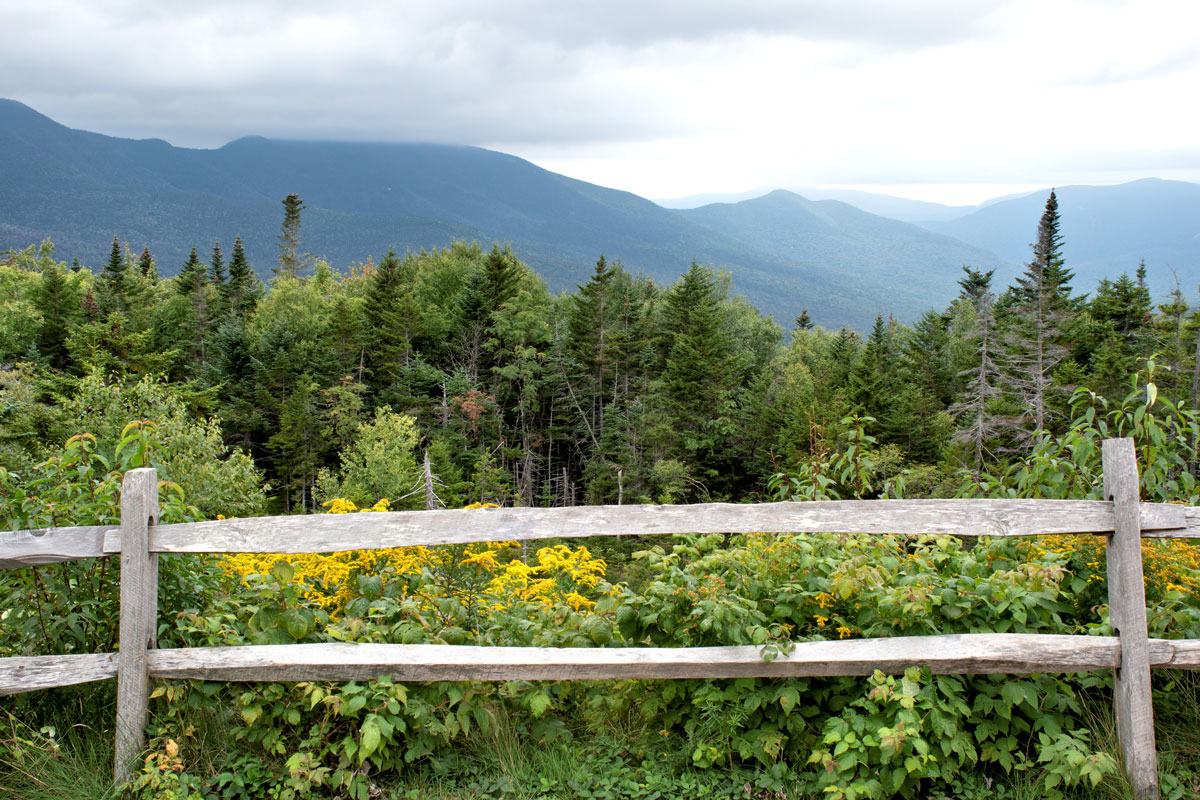
Pine and cedar are the most commonly used materials for this fence type. Rails are typically 8' to 11' long and can be circular, half-round, square, or diamond in shape. The rails slide into the posts' holes, and their weights are the ones that hold them in place.
Posts are designed to receive two or three rails. Two-rail fence posts are about 6' long, and three-hole posts are about 7' long. End, corner, and line posts are all predrilled.
You can check this article to know how durable a pine wood fence is: "How Long Does A Pine Wood Fence Last?"
In Conclusion

Split rail fences last for about 15 to 20 years if properly maintained. There are several ways to prolong a split-rail fence's life, such as cleaning, sealing, use of wood protection tools, and regular inspection.
On another note, if you want to use a picket fence for your next fencing project, you can check out this article to learn more: "Best Wood For A Picket Fence [5 Great Options!]"


![White rail fence leading along cornfield and deep blue sky. How Tall Are Split Rail Fences [Inclding 2, 3, & 4 Rail Heights]](https://fencefixation.com/wp-content/uploads/2022/06/White-rail-fence-leading-along-cornfield-and-deep-blue-sky.-How-Tall-Are-Split-Rail-Fences-Inclding-2-3-4-Rail-Heights-600x400.png)
